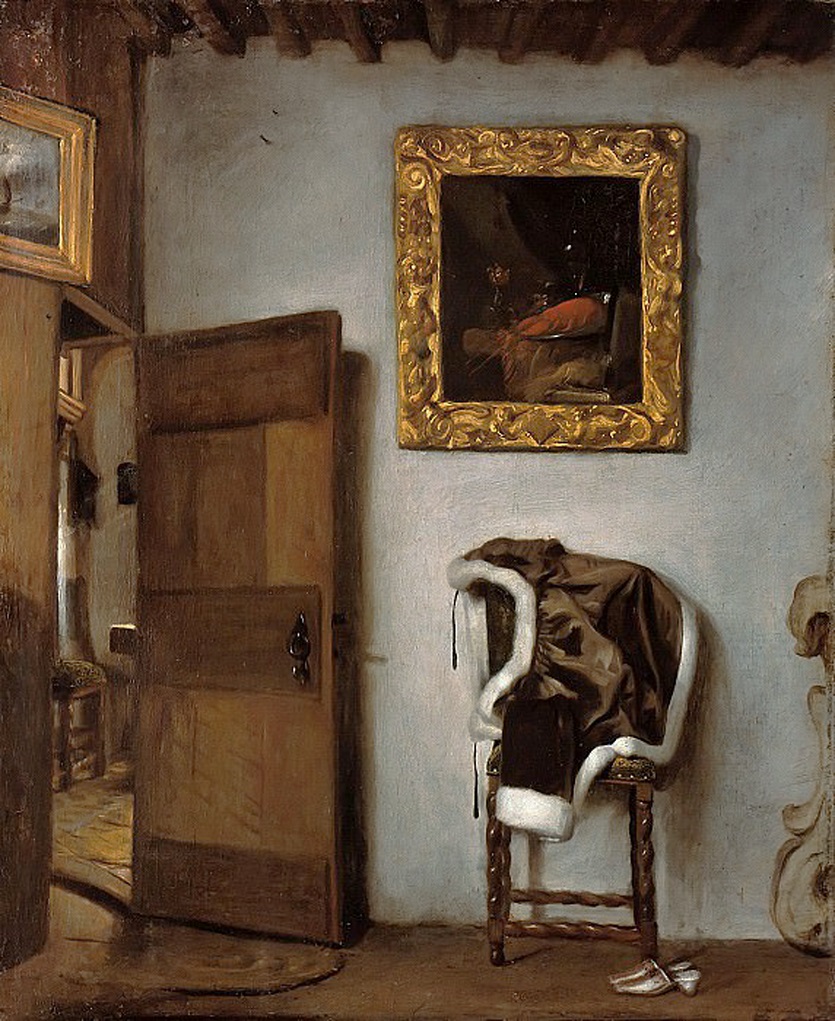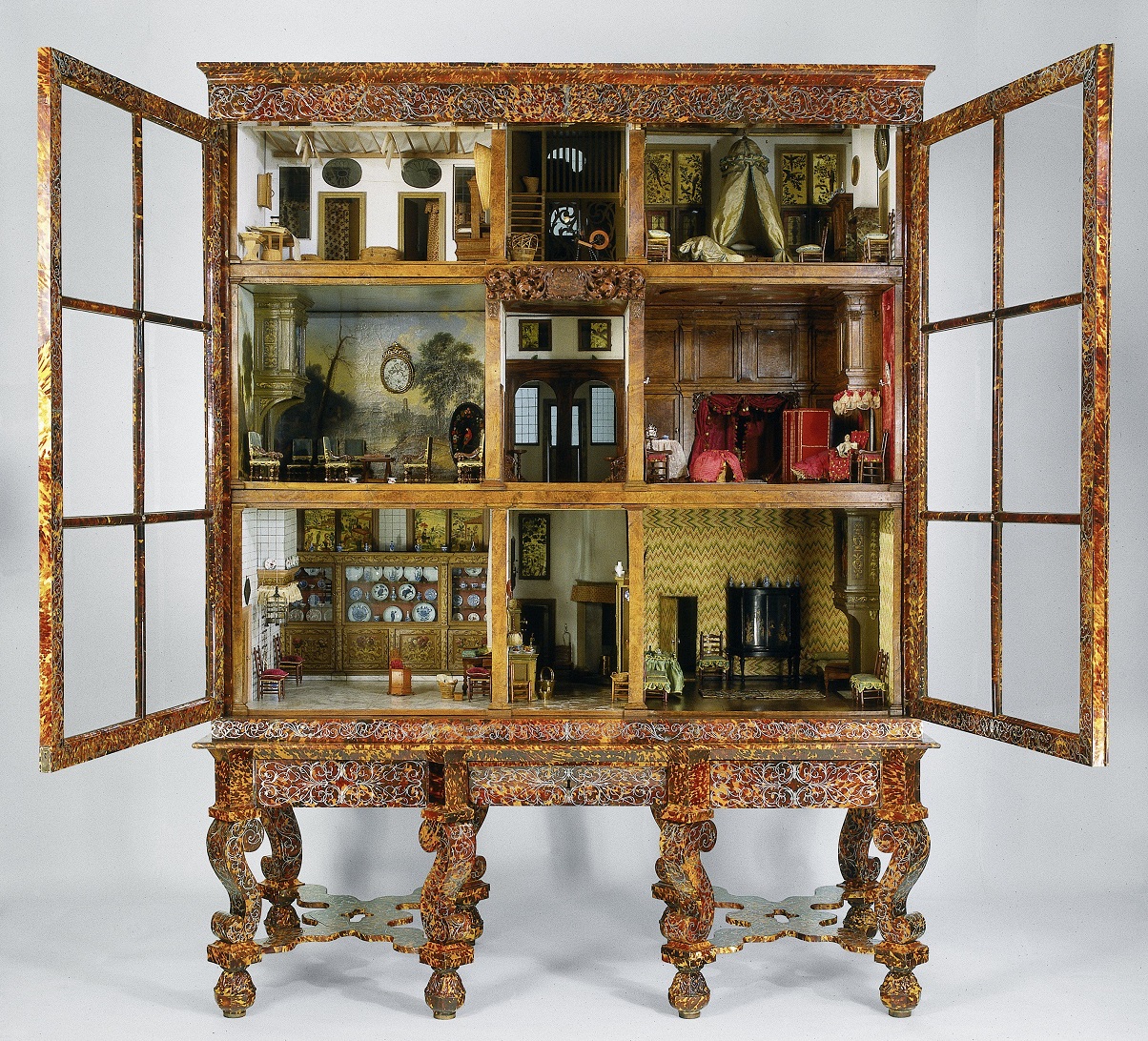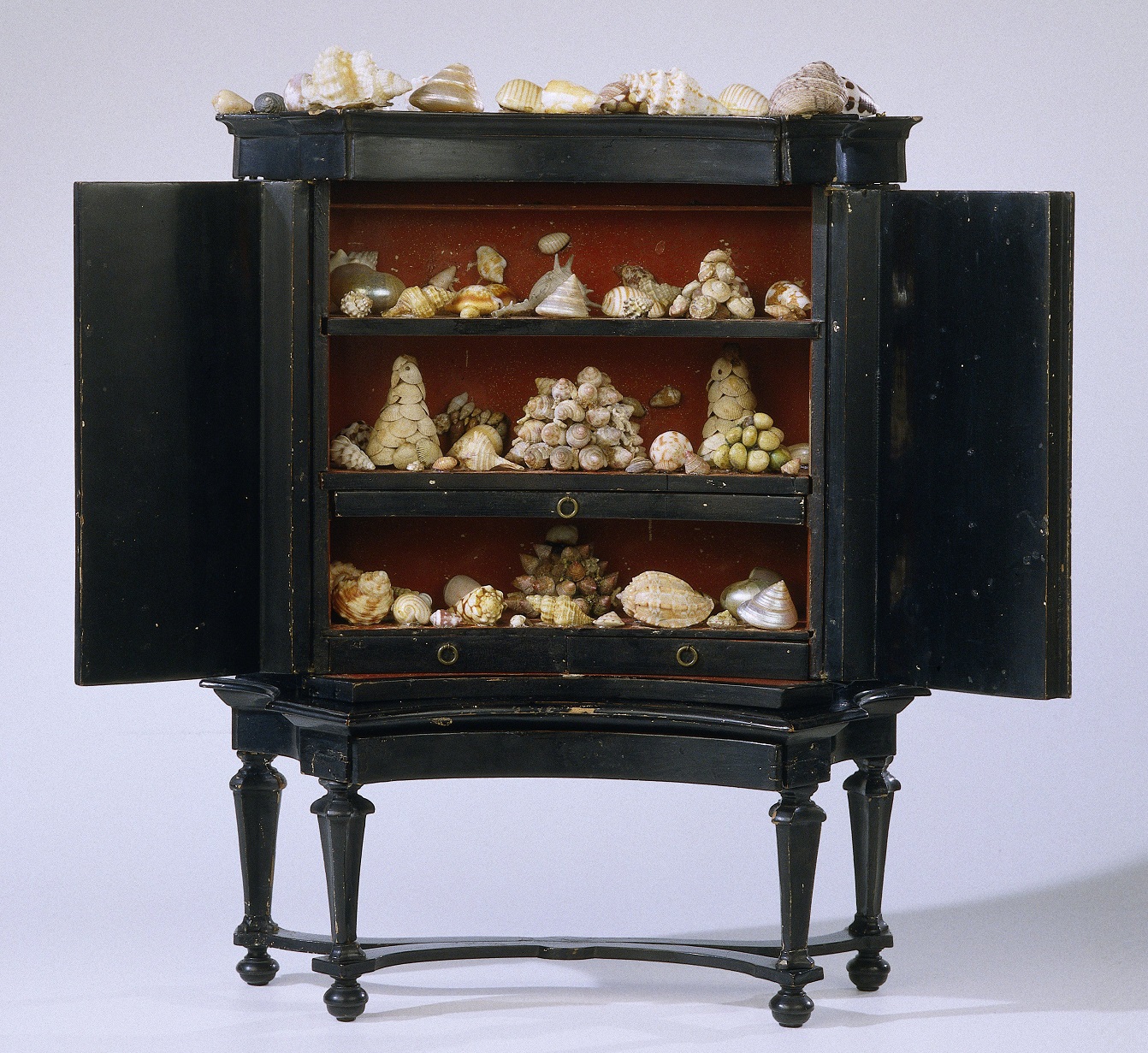- Chronology
- Before 1500 BCE
- 1500 BCE to 500 BCE
- 500 BCE to 500 CE
- Sixth to Tenth Century
- Eleventh to Fourteenth Century
- Fifteenth Century
- Sixteenth Century
- Seventeenth Century
- Eighteenth Century
- Nineteenth Century
- Twentieth Century
- Twenty-first Century
- Geographic Area
- Africa
- Caribbean
- Central America
- Central and North Asia
- East Asia
- North America
- Northern Europe
- Oceania/Australia
- South America
- South Asia/South East Asia
- Southern Europe and Mediterranean
- West Asia
- Subject, Genre, Media, Artistic Practice
- Aesthetics
- African American/African Diaspora
- Ancient Egyptian/Near Eastern Art
- Ancient Greek/Roman Art
- Architectural History/Urbanism/Historic Preservation
- Art Education/Pedagogy/Art Therapy
- Art of the Ancient Americas
- Artistic Practice/Creativity
- Asian American/Asian Diaspora
- Ceramics/Metals/Fiber Arts/Glass
- Colonial and Modern Latin America
- Comparative
- Conceptual Art
- Decorative Arts
- Design History
- Digital Media/New Media/Web-Based Media
- Digital Scholarship/History
- Drawings/Prints/Work on Paper/Artistc Practice
- Fiber Arts and Textiles
- Film/Video/Animation
- Folk Art/Vernacular Art
- Genders/Sexualities/Feminisms
- Graphic/Industrial/Object Design
- Indigenous Peoples
- Installation/Environmental Art
- Islamic Art
- Latinx
- Material Culture
- Multimedia/Intermedia
- Museum Practice/Museum Studies/Curatorial Studies/Arts Administration
- Native American/First Nations
- Painting
- Patronage, Art Collecting
- Performance Art/Performance Studies/Public Practice
- Photography
- Politics/Economics
- Queer/Gay Art
- Race/Ethnicity
- Religion/Cosmology/Spirituality
- Sculpture
- Sound Art
- Survey
- Theory/Historiography/Methodology
- Visual Studies
Thinking is something we get to enjoy alone, and yet, as Hanneke Grootenboer shows in The Pensive Image: Art as a Form of Thinking, it is also collective. Grootenboer’s own thinking builds on foundations laid by Georg Wilhelm Friedrich Hegel, Martin Heidegger, Walter Benjamin, Roland Barthes, Gaston Bachelard, and Jacques Rancière, as well as by artists, from painters to filmmakers. More unruly and less policed than the discipline of philosophy proper, it belongs to that praxis we know as “theory.”
For thinking along with art, Grootenboer demonstrates, discrete ideas, pensées, or Denkbilder, whose compactness already begins to translate word into image, provide the most fitting rhythm. Quests for meaning can grow long and sluggish compared to these nimbler modes of thought. Grootenboer dispenses with these quests. See her delicate demotion of the extended meaning making in Maria van Oosterwijck’s by-the-book vanitas Still Life (1668; fig. 19, 116–18), which she contrasts with the brilliance that flashes from the much smaller painting reproduced on the cover of this book: Adriaen Coorte’s Three Medlars with a Butterfly (ca. 1705). If Van Oosterwijck’s butterfly is a symbol of the Resurrection, Coorte’s is a tiny body in action, holding sway over the immeasurable gulf that the crack in the ledge below threatens to open. If Van Oosterwijck’s painting is an allegory of the Christian life, Coorte’s is a brush with the void. Ideas in Grootenboer’s sense are arresting, Benjaminian, and, therefore, fit for the still medium of painting, where, in her beautiful examples, they crystallize into dangling ribbons, inverted flowers, sliding dewdrops, and teetering gooseberries.
In Cornelis Bisschop’s Interior with a Jacket on a Chair (ca. 1660), two ribbons that secured a fur-trimmed satin jacket to its owner before she left them hanging in perpetuity do not convey meaning, according to Grootenboer, but rather reach out and grab us (think Barthes’s “punctum”), prompting us to pause and reflect along with the painting.

Cornelis Bisschop, Interior with a Jacket on a Chair, ca. 1660, oil on canvas, 18 1/2 × 14 1/2 in. (47 × 37 cm). Gemäldegalerie, Berlin (artwork in the public domain; photograph from Grootenboer, pl. 2, published under fair use)
Grootenboer sees in this moment of reflection a peculiar kind of stillness that blends restlessness and rest: “two kinds of temporality seem to fuse when the drafty corner representing the moment right after the woman’s rushed passing merges with the current of air that remains hanging there in suspense” (45). Grootenboer ingeniously discerns in Bisschop’s unusual attention to an unoccupied foyer a figure for painting itself. The painting as foyer, as transitional space, arrests us in such a way as to give passage to thought.
Perspectival pictures, particularly those like Bisschop’s that represent interiors, which some modernisms would consider unthinking exercises in illusionism, fascinate Grootenboer in their capacity to open containers that we can productively confuse with our own thinking selves (see also her Rhetoric of Perspective, University of Chicago Press, 2005). Of all the figures she puts into play, this spatial metaphor is the most important. While bold, this is also a tricky move, to affirm at our historical juncture—particularly from Grootenboer’s position of prominence within critical theory—the liberal humanist architecture of subjective interiority, which has accumulated no small number of powerful antihumanist critiques from different and sometimes diverging angles, including feminism and critical race theory. The inner sanctum in which Grootenboer finds “space for retreat, a place of peace and quiet . . . [Montaigne’s] arrière-boutique, wholly our own and entirely free . . . so private that no one else can ever reach it . . . our own true solitude, a philosophical home, or differently formulated, a home for the philosophical subject” (79) has belonged, more often than not, exclusively to wealthy white men. As in the Italian Renaissance studiolo, which architectural historian Mark Wigley describes as “the first truly private space . . . the man’s study, a small locked room off his bedroom which no one else ever enters,” it is he rather than we who has enjoyed the privacy of the home, while being free to journey out from it at will, capitalizing on its comforts without feeling hampered or being tainted by its lack of freedom (Wigley, “Untitled: The Housing of Gender,” in Sexuality and Space, ed. Beatriz Colomina and Jennifer Bloomer, Princeton Architectural Press, 1992, 147). And, by the same measure, it would be he who has enjoyed the privilege of thinking. This is why, despite the association of bourgeois women with their houses, Virginia Woolf still felt compelled to insist that in addition to money of her own the writer needs a room.
Attacking this structural exclusion head-on, treating interiority as not irremediably blighted by a false universality that pretends to embrace everyone but in fact bars anyone who does not look more or less like René Descartes, Grootenboer lays claim to the inner self and the most profound philosophical reflection of which that self is capable on behalf of a forgotten woman, Petronella Oortman, who was born shortly after the death of the author of Discourse on the Method of Rightly Conducting One’s Reason and who, Grootenboer suggests, should be regarded as his peer based on her magnum opus, a “single, continuous [philosophical] reflection on what it means to dwell” (99), which occupied twenty-five years of her life and just happens to have been executed in the form of a dollhouse rather than a book.

Petronella Oortman, Dollhouse, 1686–1710, wooden case with various materials, 100 /38 × 74 3/4 × 30 5/8 in. (255 × 190 × 78 cm). Amsterdam, Rijksmuseum (artwork in the public domain; photograph from Rijksmuseum, Amsterdam, Grootenboer, fig. 15, published under fair use)
Grootenboer recovers the philosophical oeuvre of the unknown wife of a wealthy Dutch silk merchant, a person who enjoyed the advantages and particularly the domestic affordances of the female regent class. In the deepest depths of Oortman’s speculations—her dollhouse is a point-by-point reflection of her own luxurious home—Grootenboer, with an eye for the arresting detail, discovers a stunning miniature mise en abyme of nested interiors: a collection of empty juvenile shells, displayed within a cabinet of curiosities, standing within a drawing room, secure within a dollhouse equipped with its own shutters.

East-Indian art cabinet with miniature shell collection from the dollhouse of Petronella Oortman, 11 × 9 1/8 × 3 1/2 in. (28 × 23 × 9 cm). Amsterdam, Rijksmuseum (artwork in the public domain; photograph from Rijksmuseum, Amsterdam, Grootenboer, fig. 15, published under fair use)
This profound “image of the spatiality of thought” (79) is, for Grootenboer, the philosophical prize—but, like all prizes, it makes for losers along with winners: “these miniature shells . . . are from the [Indonesian] archipelago. Their display on these miniature shelves underscores the owners’ imperialist reach, which is centered in their privileged bourgeois residence and extends outward to the far corners of the world” (104). While some people could afford the high prices demanded for fancy shells, harvested in the Indonesian archipelago, Caribbean islands, and other colonized places in order to be displayed in lacquer or ebony cabinets, others stood only to lose when it came to transactions conducted in the currency of calcareous coverings of vanished mollusks—above all, the people whose lives were counted out in one of the most ancient and widely circulated monies of all times, cowrie shells, the coin of the slave trade.
Plumbing the inner depths of Oortman’s thinking, we emerge into the brackish waters of the early modern global market, which depended to a great extent on carrying people away from, rather than “guid[ing]” them back, home (169). Edited by Grootenboer and colleagues, Conchophilia: Shells, Art, and Curiosity in Early Modern Europe (Princeton University Press, 2021) complements The Pensive Image well in taking up the early modern circulation of shells. In both books, Grootenboer’s searching prose reminds us that when we try to reconstruct artistic intentions (for example, the meaning of Van Oosterwijck’s Christian symbols), we are in hot pursuit of “something already thought”—this is the Hegelian admonition with which she prefaces The Pensive Image. Whether or not the “already thought” can be reconstructed, it is a fixed and finished thing, the shell of an event of thinking that transpired in the past and that entails, as often as not, a calcified history of violence.
The Pensive Image instead pursues the not-yet-consciously-thought thought. This is forward thinking, thinking with thinking in real time, rather than retrospective nostalgia for something already formed, inhabited, and shed, and it thereby makes room for matters to arise. Though this book is full of beauty and pleasure, the adjective “pensive” is not, finally, the happiest to attach to the thinking subject—a person or work of art. In Grootenboer’s own words, the pensive image gives rise to an “uneasy and indeterminate state of openness that allows for the unthought to surface” (26). As such, the pensive image extends an invitation to take a hard look at things.
Amy Knight Powell
Associate Professor of Art History, University of Southern California



